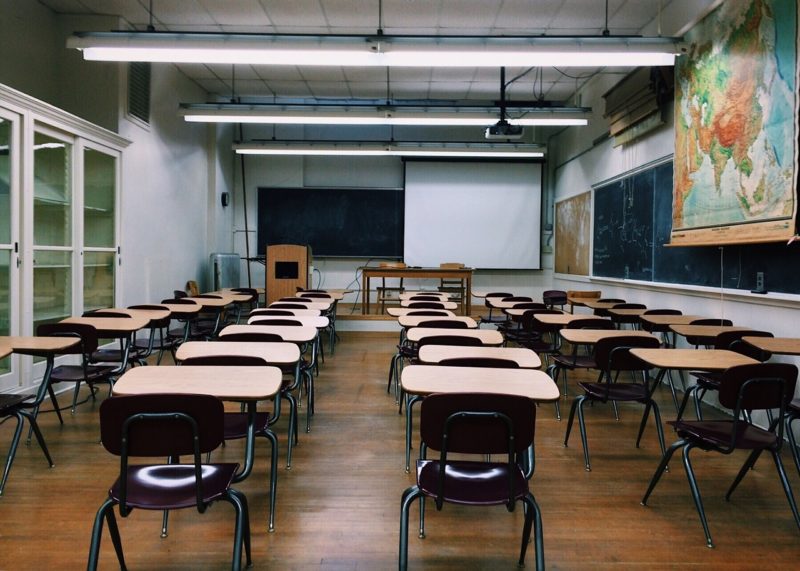Perceptions about social demographic motivates parents to choose Free Schools

Perceptions about the social mix and environment of local mainstream schools motivate parents to choose Free Schools for their children, a new study published in the Cambridge Journal of Education finds. A ‘traditional’ approach to education and smaller class sizes also make such schools more appealing to parents.
Dr. Rebecca Morris of the University of Warwick and Dr. Thomas Perry of the University of Birmingham surveyed 346 Free School and non-Free School parents of Year 7 children, then conducted 20 follow-up interviews with Free School parents. The data was collected in 2013-2014, three years after the introduction of the English Free Schools policy that allowed the establishment of new autonomous schools, funded by the state but proposed, developed and run by external sponsors.
The researchers found that academic quality and school performance were the central focus for both Free School and non-Free School parents in choosing their child’s school. However, as the newly-opened Free Schools had no ‘hard’ performance data or inspection reports available at the time, the study highlighted how parents used
proxies – environment and ethos, curriculum, size and social mix – to assess potential academic quality and school suitability for their child.
‘Not liking other schools’ was an ‘important’ or ‘very important’ motivator for 80.1% of Free School parents, compared with 60.4% of non-Free School parents. While negative perceptions of other local state schools led some parents to choose a Free School, others drew positive comparisons with private or grammar schools, models that they perceived to be successful and desirable.
The avoidance of certain areas or groups of children was also important to some Free School parents. A muddied distinction between school performance and student composition emerged, with parents, in some cases, understanding the two issues synonymously.
Almost two thirds (61.0%) of Free School parents said that a traditional approach to schooling – the promotion of traditional values, an academic curriculum, a smart school uniform and strict discipline – was ‘very important’ to them, compared with just over one third (34.3%) of non-Free School parents. School size was also ‘very important’ to 61.0% of Free School parents but just 24.3% of non-Free School parents.
“Since the introduction of the Free Schools programme there have been concerns that the new schools are more likely to attract more advantaged parents and have the potential to contribute to further social segregation between schools,” the authors said.
“The preferences of many parents for features which make Free Schools socially distinctive or for having an advantaged social intake lend support to these concerns. There is a danger that such impressions of social distinction contribute to a less inclusive school environment and lead to increased clustering of certain groups of children within different schools.”

 China
China